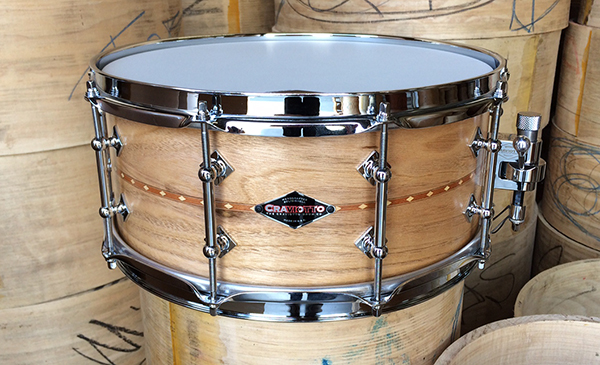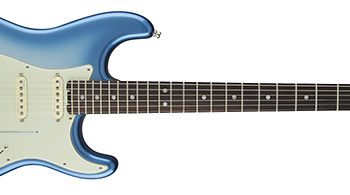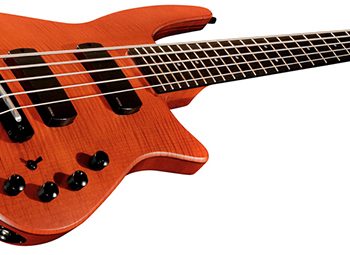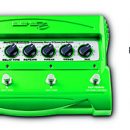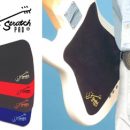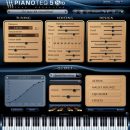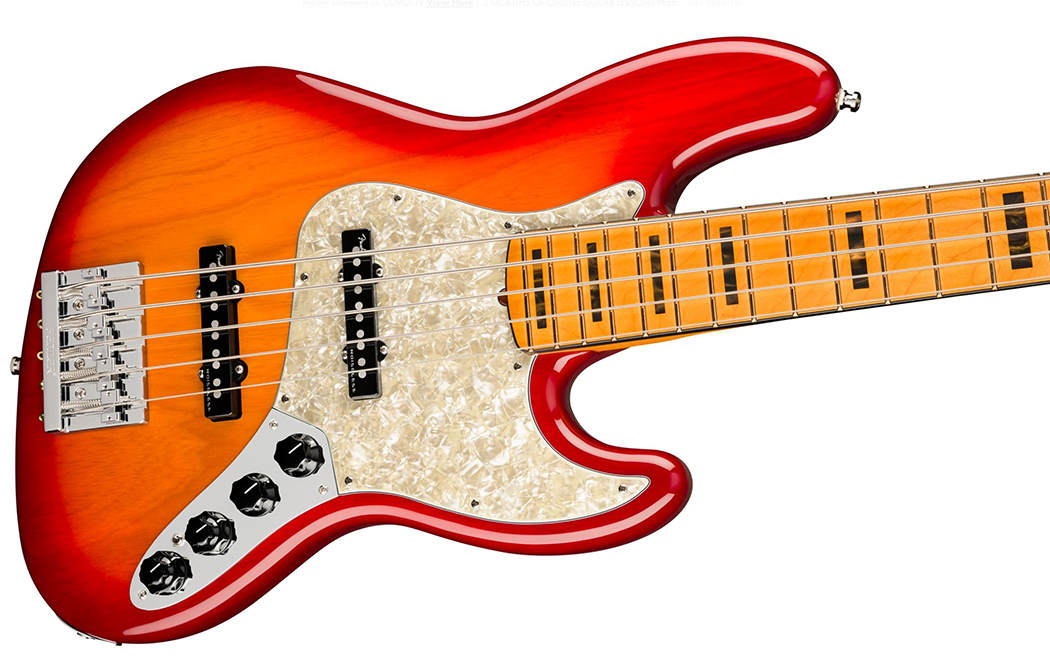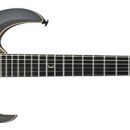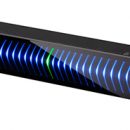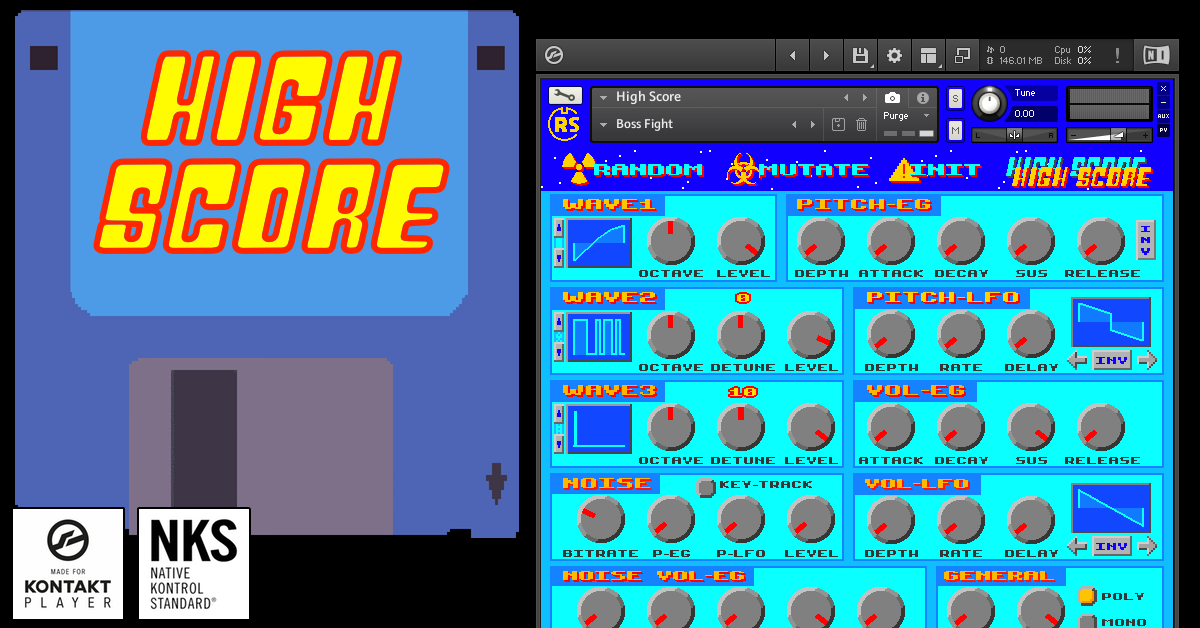 Playing a solid shell snare is a rare treat, with access to these fine instruments limited primarily by the marketplace, which is dominated by far-simpler-to-manufacture (and thus lower cost), ply-shell drums.
Playing a solid shell snare is a rare treat, with access to these fine instruments limited primarily by the marketplace, which is dominated by far-simpler-to-manufacture (and thus lower cost), ply-shell drums.
Solid shell drums are much more difficult to produce, the process requiring steam-heating long wooden boards, then bending them to the shape of a drum and gluing them together in a process known in woodworking as a “scarf joint.” Although time-consuming and difficult to make, because of their construction, solid shell drums are thought to have more warmth, clarity, projection, and sensitivity than their ply-constructed counterparts.
Today, the Craviotto Drum Company has become synonymous with exceptional, custom made, steam bent, solid shell drums—that’s the only type of drum they produce. Originally helmed by the late Johnny Craviotto and his small group of artisans, Craviotto Drums began life in the early ‘80s through Craviotto’s first venture with Billy Gibson (drummer for Huey Lewis & The News) as the Solid Drum Company, then through further development and partnership with Drum Workshop in the ‘90s, and finally it was not until 2004 that the Craviotto Drum Company was formally established as the renowned company they have become.
The Buttnernut Snare reviewed here is a perfect example of all that makes Craviotto drums special, delivering equal doses of form, function, and beauty.
Features
The Craviotto 6” x 14” snare reviewed here is a solid shell, butternut wood, snare with a thin, cherry wood marquetry inlay. Butternut (also known as White Walnut) is a relatively soft wood species that is related to Black Walnut and other walnut-family trees and is native to the Northeast quarter and North Central parts of the United States. It is also relatively rare, with supplies dwindling mainly due to a fungal disease that has become prevalent throughout the tree’s range.
Butternut is also an extremely rare wood for Craviotto to build with, as they find it difficult to come by enough boards that are clear of imperfections and which meet their strict quality control parameters. Butternut is a relatively difficult wood to steamroll (as compared to Craviotto’s more commonly used maple, mahogany), and is typically made in batches due to the inherent loss of product. We were very fortunate to have been able to get our hands on this snare for a review.
 When the drum was received, it came extraordinarily well packed in a thickly padded snare drum case with an included, heavy-duty, Craviotto-badged drum key. It arrived flawlessly, and our mouths went slack-jawed as we took it out of the case.
When the drum was received, it came extraordinarily well packed in a thickly padded snare drum case with an included, heavy-duty, Craviotto-badged drum key. It arrived flawlessly, and our mouths went slack-jawed as we took it out of the case.
An absolutely gorgeous wood snare drum, it is light to medium tan in color and has a coarse, straight grain with beautiful figuring throughout. The cherry wood inlay is also an impressive touch and remains seamlessly flush to the shell. The satin finish is incredible, ridiculously smooth, and emphasizes the grain in a way that really makes it pop. Also notable is its weight; this is a very light snare for the given size, and most of that weight comes from its twenty, chrome-plated, proprietary, Craviotto diamond-shaped brass tube lugs. Part of this reduction in weight could also be attributed to its thickness, or lack thereof. The incredibly thin shell measures approximately 1/4” thick.
Rounding out the shell is Craviotto’s standard black badge, and on the interior is the year of completion and John
ny Craviotto’s signature in sharpie. This last detail is a little bit peculiar given the high-end nature of the drum, but perhaps it is one of those idiosyncrasies that says “don’t take me too seriously.” We are extremely humbled to have had Johnny’s involvement with the build of this snare, as well as a full kit reviewed separately, just shortly before he passed away.
In terms of hardware, a Craviotto-branded, Trick Chrome GS007 Multi-Step throw-off and strainer; 2.3 mm, triple flanged, chrome hoops; 20-strand Craviotto-branded, Puresound snare wire; and Craviotto-badged, Remo Coated Ambassador batter head and clear Remo Ambassador snare head, round out the parts list.

Craviotto offers several choices for bearing edges (45 degree, 30 degree, baseball bat, and hybrid bearing edges, differing between the batter and resonant edges as desired). This drum came outfitted with 45-degree batter and resonant bearing edges, which facilitates a reduction in head contact with the shell, which theoretically results in more overtones, resonance and sensitivity.

Finally, one-piece reinforcement rings surround both the top and bottom of the snare, which help to stabilize and maintain the shape of the one-piece shell.
Usability
The Craviotto Butternut snare drum is incredibly well-built and uses premium hardware. Our only caution in terms of usability is that because of this wood’s softness (it’s softer than Black Walnut and almost as soft as white pine!), it would be extremely prone to knocks and dings. If you are gigging with this snare, be forewarned! This is not the kind of snare you want to toss in your backseat without use of the provided padded case.
The Trick GS007 strainer is fairly ubiquitous, particularly on higher-end snare drums—and for good reason. It is incredibly smooth, and the multi-step adjustment provides a number of tonal possibilities as you raise or lower the snares. A knurled knob allows for fine-tuning snare adjustments, and all-in-all this represents a beautiful and highly effective piece of machinery. The butt plate also accommodates cord, ribbon or snappy snares.
Tuning the snare up or down was incredibly easy, and tuning stability was excellent. Despite the triple-flanged hoops (which are more prone to tuning instability), no matter how heavy-handed we were in our attack or in using larger diameter drumsticks, tuning never wavered whether the drum was tuned low or high. We did find that the tension rods were somewhat tight when adjusting tuning, but this was in no way an obstacle and in fact, may contribute to the tuning stability.
Sound
Receiving this snare directly from Craviotto, we initially wanted to get a basic sense of its tone by trying it out as tuned by the factory. Out of the box, the snare had a medium tension that we imagine provides a middle-of-the-road sensibility for getting to know what its basic ability is. At this setting, we noticed that the snare provided a very usable tone for providing consistent two and four backbeats that would be at home accompanying a wide-variety of genres.
Next, we wanted to find out its true capabilities and set off detuning the drum completely and started from scratch. At its lowest settings, we found that the Butternut Snare had the most overtones and sustain available and was fat, fat, fat! As we increased tension top and bottom, we noticed that as a whole, the drum became drier, with less ring and sustain. However, when compared to a maple drum, butternut appears to sound tonally darker overall. It has slightly less overtones to it than a maple snare would, which comes across as darker, drier and a bit more articulate and crisp. This makes sense, though, given that it is in the walnut family. Our experience with walnut snares is that they tend to be warmer and darker than maple, with an underlying fatness to them that gives the impression they are deeper than they actually are.
Another positive impression was that the Butternut Snare has a reduced harsh edge to the tone. There was a beautiful warmth to it with a slight emphasis on the mid and low frequencies, but also with a very sweet top end. It was an open-sounding snare with a rich depth to it. We also found that it has a huge tuning range and tremendous sensitivity. Tuning it up to mid and higher settings, we found that it retained all of its warmth and sensitivity, and if anything, it became even more articulate. From its center to the edges, we found it to have a very dynamic range. The snare was extremely sensitive from very soft playing using brushes or soft stick articulation and rolls to very loud backbeats using rim shots.
The Craviotto Butternut Snare proved to be wonderfully accommodating to a number of different styles and tuning ranges. Additionally, its depth at just six inches tall lent itself to providing a middle-of-the-road sensibility that would make it feel right at home in a number of different musical settings from rock to jazz. However, we do not imagine this particular drum would work well in more industrial or metal settings.
Documentation & Product Support
This snare arrived with Craviotto’s five-year limited warranty and registration along with a Craviotto product catalog that was extensive in its description of their full line of drums and snares.
Given that this was a custom-made snare drum and there have been a limited number of Butternut snares made by Craviotto, you won’t find this drum listed on Craviotto’s website. However, specifications and information regarding their general line of snares as well as custom snares can be found.
Price
The Craviotto Butternut Snare (MSRP $2,200) sells for approximately $1,350 retail. Because this is a custom drum, unless a Craviotto dealer has one in stock (which is unlikely), they would need to custom order it for you directly from Craviotto.
Undeniably an expensive snare, depending on your needs, the depth of your pockets or simply your desire to have an incredibly unique and rare snare in your arsenal, this acquisition could be either an easy or a difficult choice to make.
Although pricey by some standards, the Craviotto Butternut snare is comparably priced with most of Craviotto’s other snares, including Maple, Cherry and Walnut. Craviotto does have less expensive snares available in the Johnny C Series Maple line, which may represent a better value for players craving the Craviotto sound in a more affordable package.
Contact Information
Craviotto Drum Company
www.craviottodrums.com

